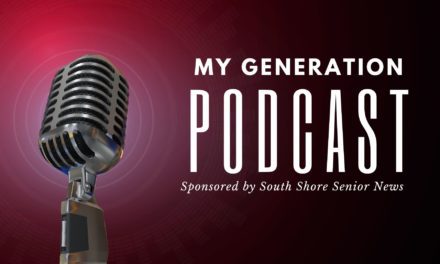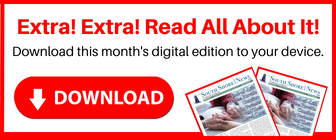By Steven V. Dubin
Some people are embarrassed to admit that they nap.
“I’m just resting my eyes.”
“Just gathering my thoughts.”
Ya, right. You are napping. Nothing wrong with that.
I admit it. I nap almost daily. With the help of a headset and a YouTube guided meditation, I’m out in two minutes and down for the count for 15-20 minutes. Ahhhh.
Come on, admit it. Either you are a napper, or you’d love to be.
Snore with many of the greats.
Albert Einstein, the scientist, would frequently nap during the day in addition to getting around 10 hours of sleep per night to help him think more clearly.
Leonardo da Vinci, the Renaissance man, is said to have taken 15-minute naps every four hours,
John F. Kennedy, the president, would take one-to-two-hour afternoon naps with his wife, Jackie, to keep him alert during his 12-hour or longer workdays. He learned the technique from his predecessor, Dwight Eisenhower, who took his cue from Churchill.
Napping has been linked to numerous health benefits, contributing to physical and mental well-being. Here are some of the benefits:
1. Improved cognitive function – On target.
• Memory enhancement: Napping can improve memory consolidation, aiding in better retention and recall of information.
• Alertness: Short naps can enhance alertness and performance, making you more attentive and reducing mistakes.
2. Mood improvement – Awaken a new attitude.
• Stress reduction: A brief nap can help reduce stress and elevate mood, leading to better emotional regulation.
• Relaxation: Napping promotes relaxation and can help reduce feelings of fatigue and irritability.
3. Better physical health – New you.
• Heart health: Regular napping has been associated with a lower risk of heart disease and reduced blood pressure.
• Immune function: Adequate rest, including naps, can boost the immune system, helping the body to fight off infections more effectively.
4. Enhanced productivity – Awaken.
• Increased efficiency: A short nap can improve efficiency and productivity, especially in tasks that require sustained attention and quick responses.
• Problem-solving skills: Napping can enhance problem-solving skills and creativity, providing a mental break that helps in tackling complex issues.
5. Physical performance – Revive.
• Muscle recovery: Naps can aid in muscle recovery and improve physical performance, especially beneficial for athletes.
• Energy levels: A short nap can replenish energy levels, making you feel more energized and ready to take on physical activities.
6. Mental health benefits – Sharp and tranquil.
• Reduced anxiety: Napping can reduce anxiety levels, promoting a sense of calm and well-being.
• Prevention of burnout: Regular naps can help prevent burnout by providing the necessary mental and physical rest.
7. Regulation of hormones – Reduce stress and hunger.
• Stress hormones: Napping can help regulate stress hormones like cortisol, reducing overall stress levels.
• Appetite hormones: Naps can help balance hormones related to hunger, potentially aiding in weight management.
Optimal napping guidelines – Napping know-how.
• Duration: Short naps (10-30 minutes) are generally most beneficial, preventing sleep inertia (grogginess).
• Timing: Early afternoon (1-3 p.m.) is the best time to nap, aligning with the body’s natural circadian rhythms.
• Environment: A quiet, dark, and cool environment can enhance the quality of your nap.
I can attest. My napping schedule made this article possible.
If you know of a senior who is doing something interesting with their retirement, I look forward to hearing from you! Please email me at SDubin@PRWorkZone.com
Steven V. Dubin is the founder of PR Works, a lightly used public relations firm based in Plymouth which helps small to mid-sized nonprofit organizations and for-profit companies navigate the overwhelming options of advertising. Steve lives in Plymouth with his wife, Wendy. He is a contributing author to “Get Slightly Famous” and “Tricks of the Trade,” the complete guide to succeeding in the advice business. He recently authored “PR 101,” an E-book.



